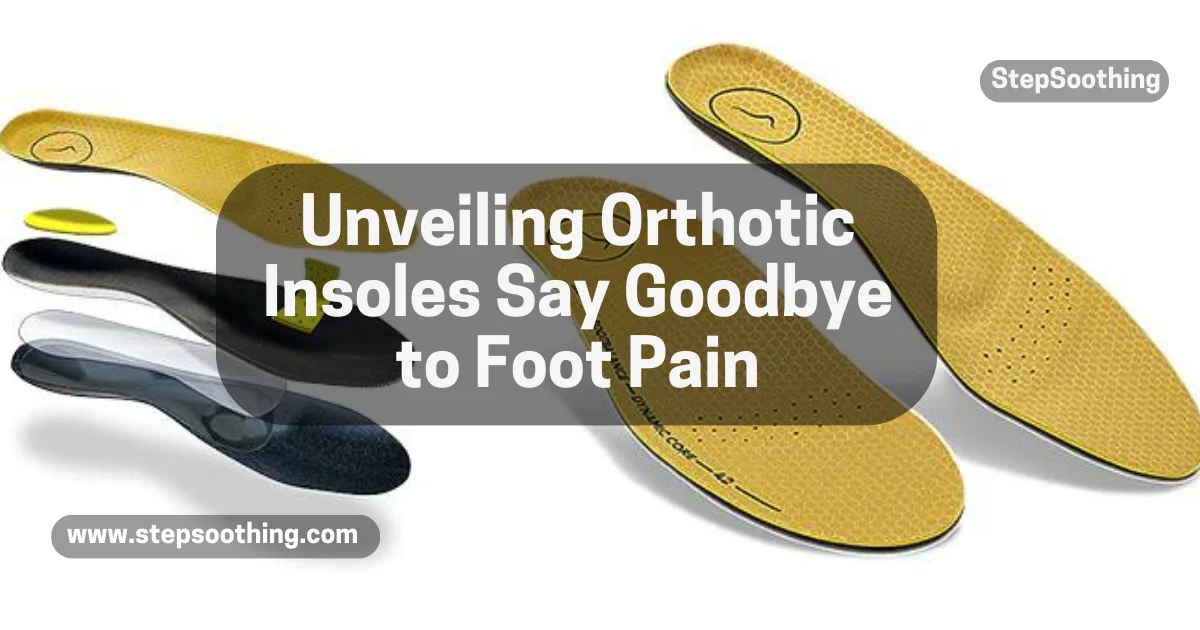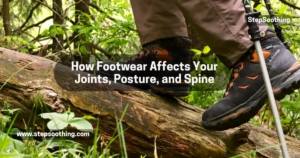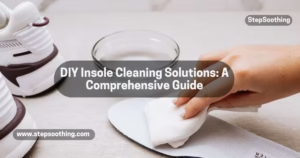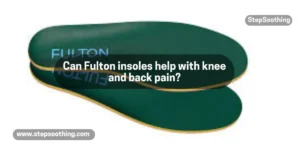Orthotic insoles are specially designed shoe inserts that provide support and stability to the feet. They are used to treat various foot conditions and improve overall foot function. This article aims to provide an overview of orthotic insoles, their types, benefits, conditions they treat, how to choose the right pair, and proper use and care.
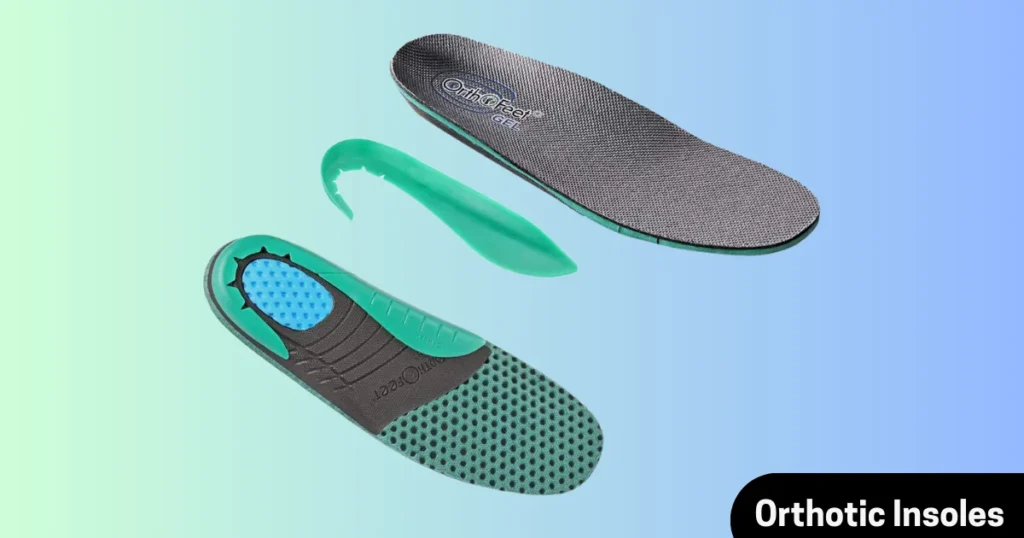
Types of Orthotic Insoles
There are several types of orthotic insoles available in the market, each designed to address different foot issues. Some of the common types include:
- Functional orthotic insoles: These insoles are designed to correct abnormal foot function and improve overall foot mechanics. They are often prescribed for conditions like plantar fasciitis and flat feet.
- Accommodative orthotic insoles: These insoles provide cushioning and support to the feet, particularly for those with conditions like diabetic neuropathy. They help to alleviate pain and discomfort caused by these conditions.
- Custom orthotic insoles: These are custom-made insoles that are specifically designed to fit the individual’s unique foot shape and structure. They offer the highest level of support and comfort.
- Over-the-counter orthotic insoles: These are pre-made insoles that can be purchased without a prescription. They are suitable for mild to moderate foot conditions and offer some level of support and comfort.
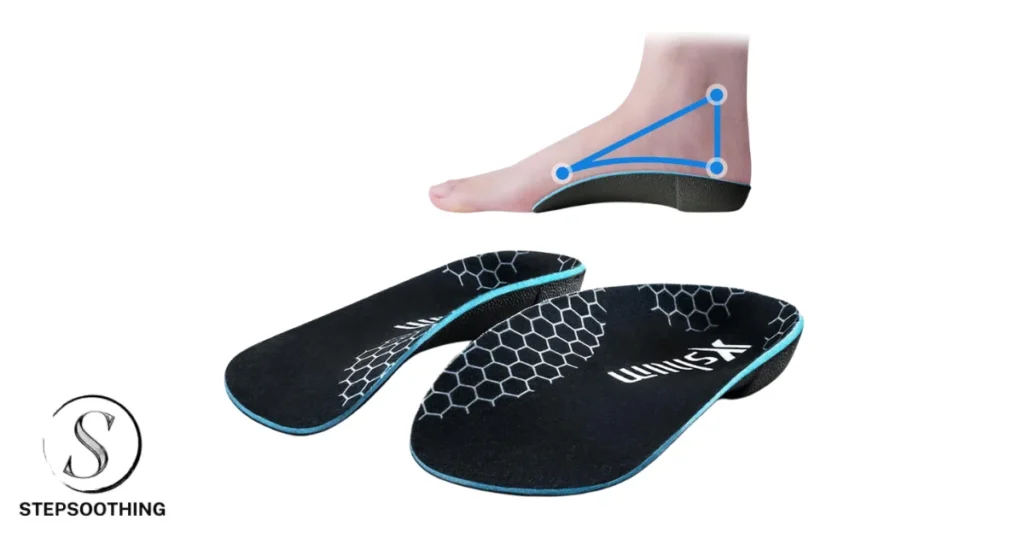
Benefits of Orthotic Insoles
- Relief from foot pain: Orthotic insoles can help alleviate pain caused by conditions like plantar fasciitis, diabetic neuropathy, and flat feet.
- Improved balance and stability: By providing additional support to the feet, orthotic insoles can help improve balance and stability, reducing the risk of falls and injuries.
- Enhanced foot function: Orthotic insoles can improve overall foot function by correcting abnormal foot mechanics and providing support to the arch and heel.
- Reduced risk of injury: By providing proper support and cushioning, orthotic insoles can help reduce the risk of injuries to the feet, ankles, and lower legs.
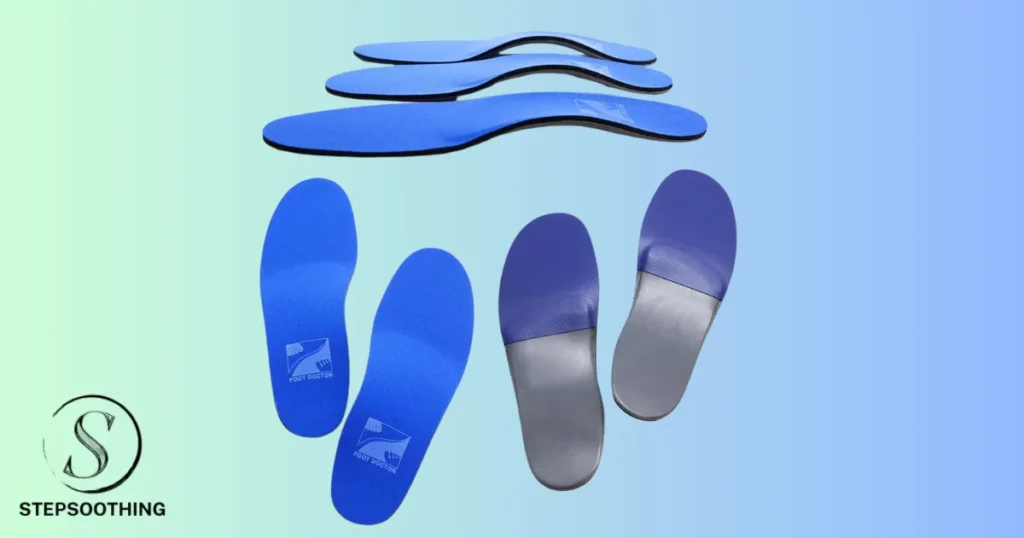
Conditions Treated by Orthotic Insoles
- Plantar fasciitis: This condition causes pain and inflammation in the plantar fascia, a band of tissue that runs along the bottom of the foot. Orthotic insoles can help alleviate pain and improve foot function.
- Diabetic neuropathy: This condition affects the nerves in the feet, causing numbness, tingling, and pain. Orthotic insoles can provide cushioning and support to the feet, helping to alleviate pain and discomfort.
- Flat feet: This condition occurs when the arch of the foot collapses, causing the entire sole of the foot to touch the ground. Orthotic insoles can help correct the arch and provide support to the foot.
- High arches: This condition occurs when the arch of the foot is excessively high, causing discomfort and instability. Orthotic insoles can help provide support and cushioning to the foot.

How to Choose the Right Orthotic Insoles
- Consideration of foot type: It is essential to choose orthotic insole that are appropriate for your foot type. For example, individuals with flat feet should opt for insoles that provide arch support, while those with high arches should choose insoles that offer cushioning and stability.
- Selection of appropriate material: Orthotic insole are available in various materials, including foam, gel, and cork. The choice of material should be based on personal preference and the specific needs of the individual.
- Customization options: Custom orthotic insole are the best option for those with unique foot shapes and structures. They are designed to provide the highest level of support and comfort.
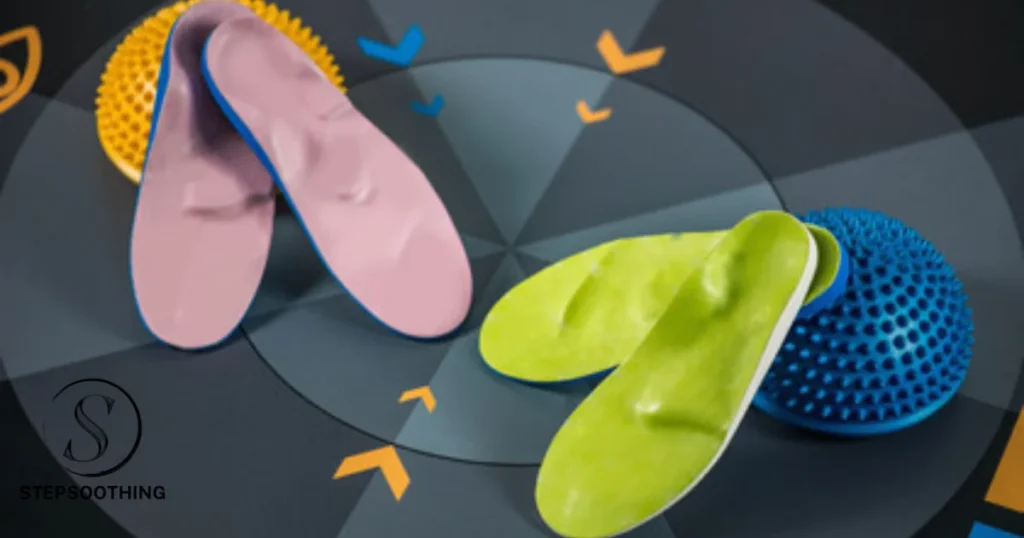
Proper Use and Care of Orthotic Insoles
- Break-in period: Orthotic insole may require a break-in period to become comfortable. Wear them for short periods initially and gradually increase the duration as you adjust to them.
- Cleaning and maintenance: Regular cleaning and maintenance of orthotic insole can help prolong their life. Use a mild soap and water solution to clean them, and allow them to air dry completely before storing them.
- Replacement and upkeep: Replace orthotic insole when they exhibit signs of wear or fail to offer the required support and comfort anymore. Regularly inspect them for signs of wear and tear, and consider replacing them as needed.
Conclusion
Orthotic insoles are a valuable tool for treating various foot conditions and improving overall foot function. They come in different types, each designed to address specific foot issues. By choosing the right orthotic insole and taking proper care of them, individuals can enjoy the benefits of improved foot health and comfort.
User Testimonials and Reviews
Natural Foot Orthotics
Customer Testimonial from Natural Foot Orthotics Website: “These orthotics work great. MUCH, MUCH better than those super expensive ones at the Good Feet Store. I have three pair of Ernie’s Natural Foot Orthotics and my feet feel amazing!”
[Source: Natural Foot Orthotics Testimonials]
Envelop Gel Insoles for Women
Amazon Customer Review: “I have been dealing with plantar fasciitis for months until I tried Envelop Gel Insoles. These orthotics have provided incredible relief and support, allowing me to walk without pain. Highly recommend them!”
[Source: Amazon Customer Reviews]
Custom Orthotics Insoles
Reddit User Comment: “I’m a physio so I see quite a few insoles. They can be useful to reduce symptoms which can allow for an increase in activity level and training.”
[Source: Reddit]
Overall Opinions on Insoles and Orthotics
Reddit User Comment: “I’ve been using insoles for a year or so now and it’s been a fantastic experience. I have flat feet, and would generally end up with some type…”
[Source: Reddit]
Amazon Customer Review: “PROFOOT Orthotic Insoles have been a game-changer for my plantar fasciitis and heel pain. The support and cushioning they provide are unmatched, making walking and standing much more comfortable.”
[Source: Amazon Customer Reviews]
User testimonials and reviews highlight the positive impact of orthotic insoles on foot health, comfort, and overall well-being. These firsthand experiences underscore the effectiveness of orthotic insoles in addressing various foot conditions and enhancing daily activities. Feel free to explore additional testimonials or delve deeper into specific user experiences with orthotic insoles to further enrich the content.
Frequently Asked Questions
Q1.What is the difference between orthotics and insoles?
The main difference between orthotics and insoles lies in their purpose and customization. A healthcare professional prescribes custom-made orthotics to address specific foot issues, while mass-produced insoles offer general support and cushioning.
Q2.How do you know if you need orthotics?
Knowing if you need orthotics involves assessing your foot health and any related symptoms. Common indicators include persistent foot pain, discomfort during activities, irregular walking patterns, or conditions like flat feet or high arches.
Q3.What are the disadvantages of orthotics?
While orthotics can provide relief for many foot problems, they have some disadvantages. These include the cost of custom-made orthotics, potential discomfort during the adjustment period, and the need for regular maintenance and replacement.
Q4.Are orthotics good or bad for your feet?
Whether orthotics are good or bad for your feet depends on various factors, including the quality of the orthotics, the accuracy of the fitting, and individual foot conditions. When properly prescribed and fitted, orthotics can offer significant benefits, but they may not be suitable for everyone.
Q5.Do Dr Scholl’s insoles really work?
The effectiveness of Dr. Scholl’s insoles can vary depending on individual needs and foot conditions. While some people find relief and support from using them, others may not experience the same results. It’s essential to consider personal preferences, foot health, and the severity of any existing issues when evaluating their effectiveness.
